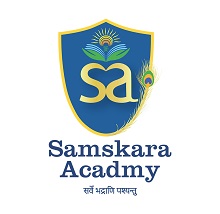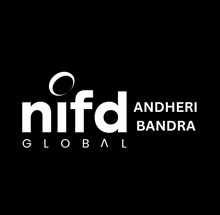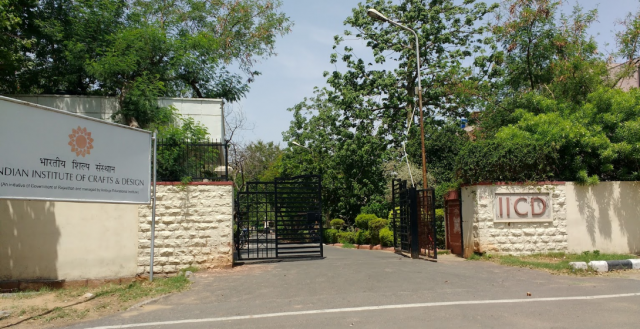The International School of Design (INSD) at Baner Balewadi, Pune, has established itself as a gateway for students pursuing creative careers in design. While the institution is recognized for its hybrid education model blending technical skills with industry exposure, its placement outcomes reflect a dynamic alignment with evolving market demands. Below is an analysis of recent placement trends, course-specific performance, and broader industry insights shaping opportunities for INSD Baner graduates.
INSD Baner Placement Overview
| Particulars | Details |
| Placement Rate | 100% |
| Students Placed | 98% |
| Top Recruiters | Raymond, Manish Malhotra, Titan, Asian Paints, H&M, FabIndia, Tanishq, Shantanu & Nikhil, Godrej Interiors, and more. |
INSD Baner-Placement Overview
The college’s Career Development Cell actively bridges academic training with professional opportunities, emphasizing skill development through resume-building workshops, mock interviews, and industry interactions. Partnerships with brands like Oyo, Shoppers Stop, and Radisson Blu highlight its focus on bridging theoretical knowledge with real-world applications.
INSD Baner-Specific Placement Trends
Animation: Leading the Charge
B.Des Animation stands out with the highest placement rates (75-90%) and packages reaching up to ₹28 lakh. This aligns with India’s booming digital entertainment sector, where gaming and VFX industries are expanding rapidly. Students often secure roles in animation studios, advertising agencies, and mobile gaming companies, reflecting the program’s strong industry alignment.
Graphics Design: Balancing Creativity and Technology
Graphics Design graduates report robust placement rates (70-85%), with average packages between ₹3.2-7 lakh. The Pune market’s growth in digital startups and e-commerce platforms creates opportunities for designers skilled in UI/UX, branding, and digital content creation. However, students note competition for premium roles in established agencies.
Interior Design: Navigating a Competitive Landscape
Interior Design placements (60-75%) highlight steady demand, driven by urbanization and real estate development. While average packages range from ₹3.8-7.5 lakh, students emphasize the need for portfolio development and internships to stand out in a crowded field.
Fashion and Textile Design: Traditional Sectors with Modern Twists
Fashion and Textile Design programs show moderate placement rates (55-80%), with brands like Shoppers Stop and textile mills providing entry points. Packages here are influenced by the industry’s seasonal fluctuations, though e-commerce growth offers new avenues for graduates.
Jewellery and Certificate Courses: Niche Opportunities
Jewellery Designing placements (50-70%) cater to specialized markets, including export houses and luxury brands. Certificate courses, with lower placement rates (40-60%), reflect their role as foundational programs, often leading to freelance or startup opportunities rather than corporate roles.
INSD Pune-Industry Trends Influencing Design Placements
India’s design education sector is undergoing a transformation, driven by:
- Digital Dominance: Graphics, Animation, and UI/UX roles now account for a larger share of placements, mirroring global trends toward digital-first strategies.
- Sustainability Focus: Interior and Textile Design programs increasingly emphasize eco-friendly materials, aligning with corporate ESG (Environmental, Social, Governance) goals.
Regional Demand: Pune’s emerging status as a design hub particularly in gaming and digital media benefits graduates through local opportunities.
INSD Baner Placement Process and Support Mechanisms
INSD’s placement ecosystem includes:
- Skill Enhancement: Workshops on resume crafting, aptitude tests, and soft skills like body language and communication.
- Industry Engagement: Regular interactions with recruiters through campus fairs, guest lectures, and internships.
- Career Counseling: Mentorship programs guiding students toward roles aligned with their interests and strengths.
While the college emphasizes practical training, students in niche fields like Jewellery Designing report needing additional networking efforts to secure placements in specialized sectors.
INSD Baner Post-Placement Career Pathways
Graduates often pursue trajectories such as:
- Entry-Level Roles: Junior designers in architecture firms, digital agencies, or retail brands.
- Freelancing: Particularly in animation and graphic design, leveraging platforms like Upwork or local studios.
- Higher Education: M.Des programs or specialized certifications (e.g., sustainability in design) for advanced roles in consultancy or academia.
INSD’s placement record underscores its role as a bridge between creative education and professional opportunities. While Animation and Graphics Design lead in placement rates and packages, traditional sectors like Fashion and Interior Design remain stable yet competitive. The institution’s focus on skill development and industry partnerships positions it as a viable option for students seeking careers in India’s evolving design landscape. Challenges, such as limited big-brand tie-ups for certain courses, highlight areas for growth a common hurdle for specialized design colleges balancing niche expertise with broad industry outreach. By aligning courses with emerging trends and strengthening industry networks, INSD Baner continues to prepare students for dynamic roles in a sector where creativity meets innovation.










